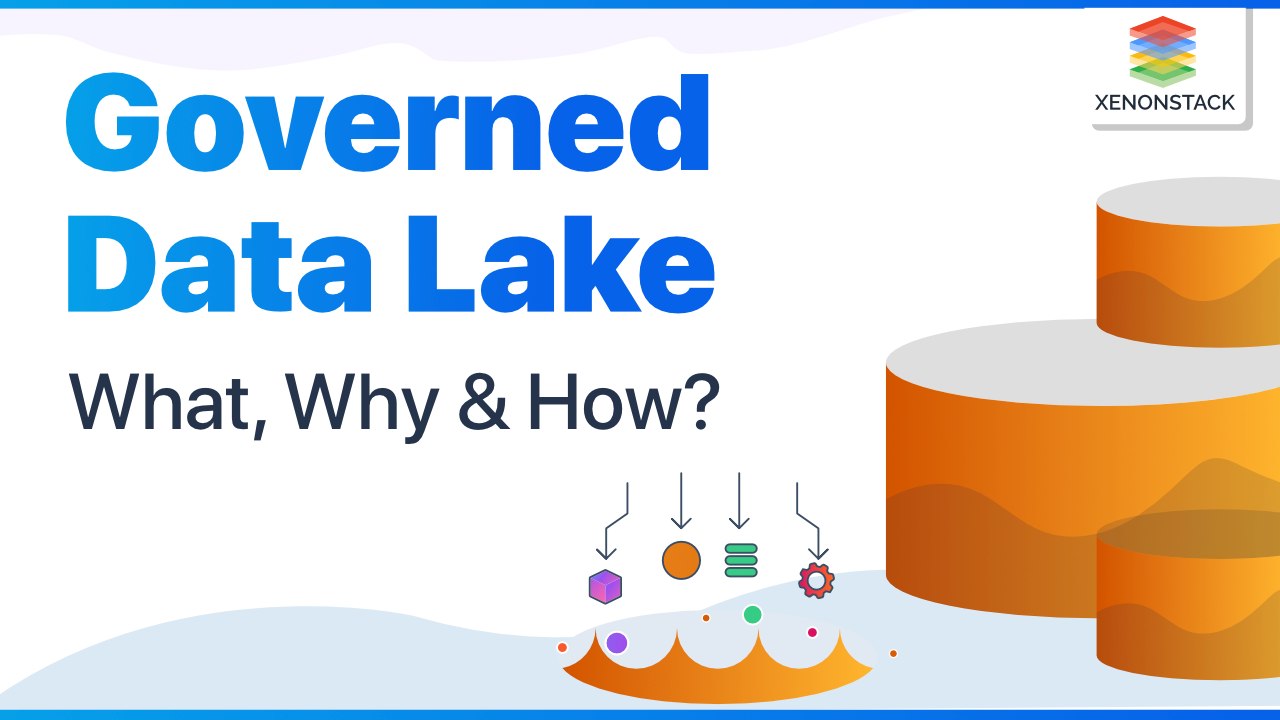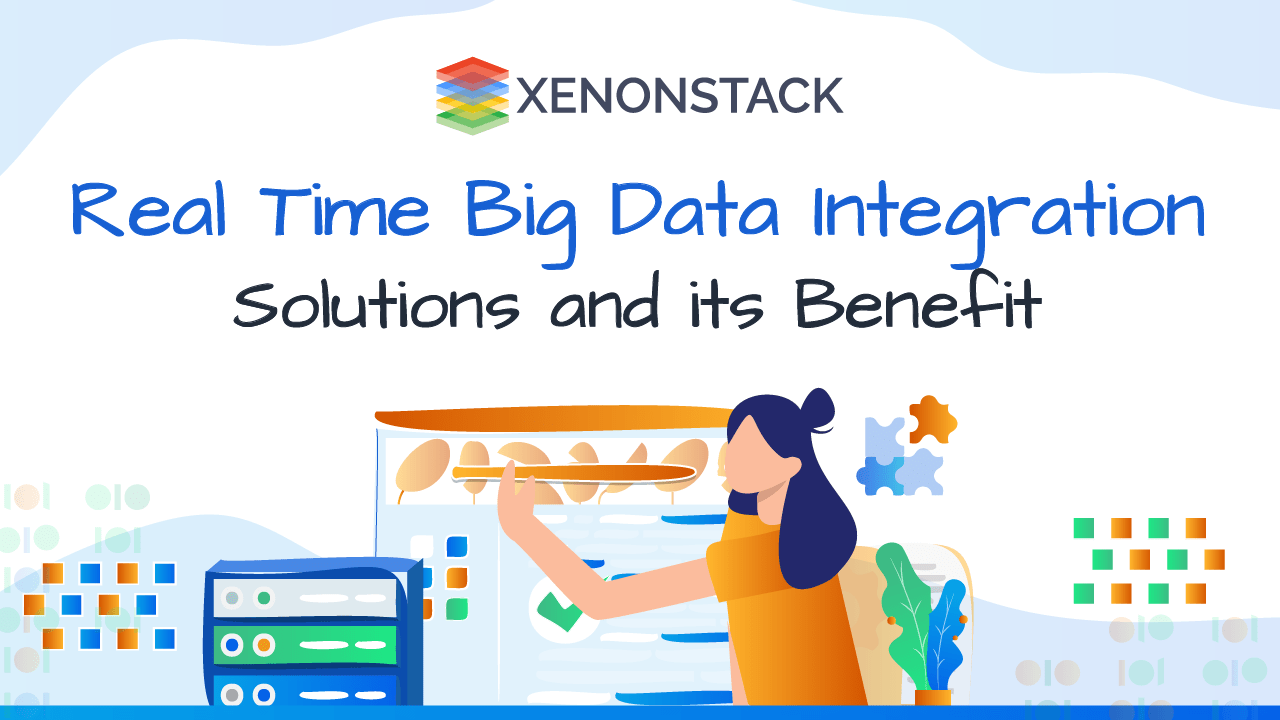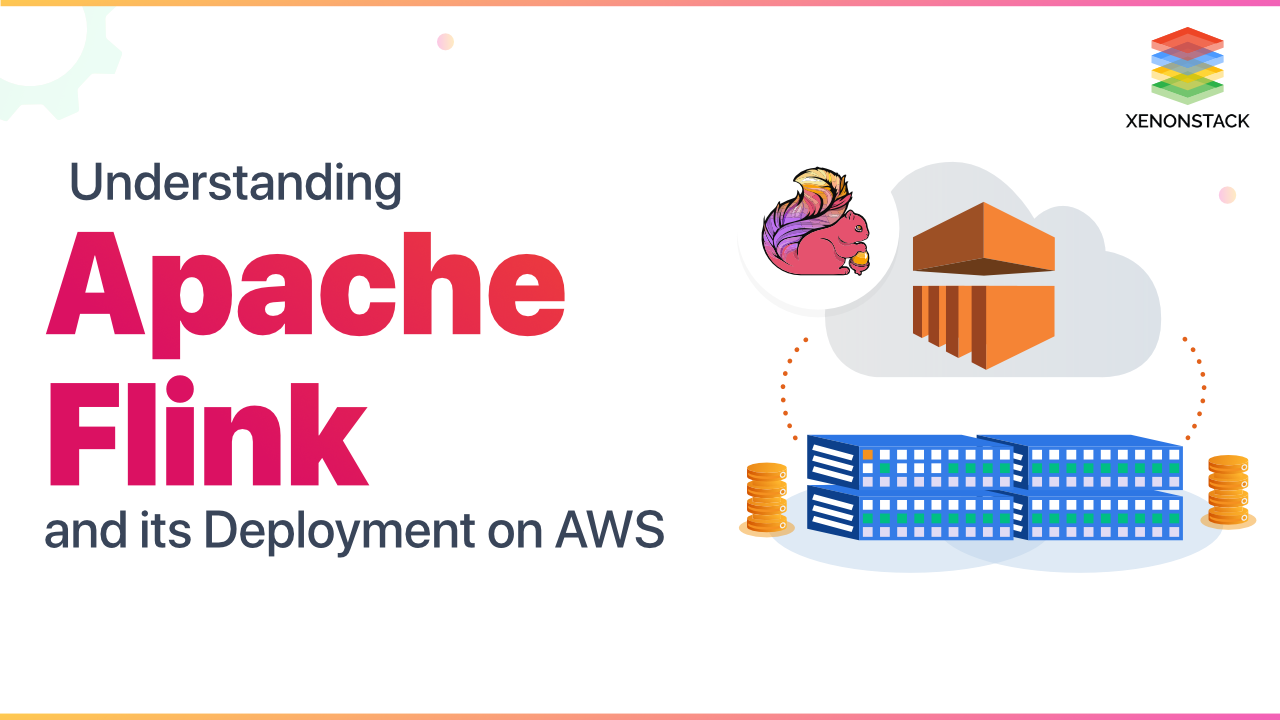
Introduction to Governed Data Lakes
Data Lake is a secured centralized repository that stores data in its original form, ready for analysis. It uses a flat architecture to store data. It helps to break down data silos and analyze data to gain insights. A data lake is a secure and scalable platform that enables businesses to ingest any data from any system at any speed.
Whether from on-premises, cloud, or edge computing systems, store any type or volume of data fully and process data in real-time or batch mode. Analyze data using SQL, Python, R, or any other language, third-party data, or analytics application. Consider the sorts of data you're working with, what you want to do with it, the complexity of your data collecting process, your data management, and governance policy—the tools and skillsets available in your organization when deciding if your company requires a data lake.
What is a Governed Data Lake?
A governed data lake is a reliable and secure platform that contains clean data from unstructured and structured sources that is easily accessible and protected. Governed data lakes can help with this problem by allowing users to self-serve data. A data lake is a storage system that may hold petabytes of raw data to help in digital transformation.
However, it is critical to keep data secure and acceptable in its use without jeopardizing the trust of consumers and data owners. Data lake efforts might become a significant roadblock for digital transformation operations if they aren't adequately governed. Ad hoc query capabilities, speed, and serverless computation are essential factors for managed data lake solutions.
Why Governance is Essential for Data Lakes
- Using a Governed Data Lake is recommended rather than a normal data lake. A governed data lake enables data consumers to make data-driven decisions about business-ready data.
- As one’s data grows, it can be scaled and ingested in the data lake, irrespective of its type and structure. It governs the data present to be in a better position to meet increasingly strict regulations.
- One can quickly locate and collect relevant data from structured and unstructured sources that can be accessed, managed, and secured in a controlled data lake.
- Data essential to the organization is stored on a secure and dependable platform. Data is cleansed, categorized, and protected via timely, controlled streams that replenish and document your data lake with tangible information assets and metadata.
- Simply pouring data into a data platform will not help you speed up your analytics efforts. Data lakes can soon become unmanageable data swamps if they lack proper governance and quality control.
- Data consumers know the data they need is in these bogs, but they won't be able to discover it, trust it, or use it without a defined data governance policy.
Click to explore Data Catalog with Data Discovery
Core Components of a Governed Data Lake
Data exchange, Governance, Catalog, and Self-service access are the four building blocks of a Governed Data Lake.
- Data Exchange – This process involves extracting, analyzing, refining, transforming, and exchanging data between data lakes and IT systems. In doing so, it transports the data from data puddles to lakes.
- Governance – This governing process aims to provide security, privacy, and quality control of the data.
- Catalog – This process describes data present in the Data Lake. It shows the meaning of the data, how it’s classified, and the required governance.
- Self-service Access – This process provides access to the data lake on-demand. Analytics users can access raw data with the help of this process.
Architectural Design of a Governed Data Lake
The essential tiers in Data Lake Architecture are as follows:
- Ingestion Tier: This tier depicts the data sources. Here the data can be loaded into the data lake in batches or in real time.
- Insights Tier: This represents the research side where insights from the system are used.
- HDFS: This tier is a landing zone for all resting data in the system.
- Distillation Tier: This tier converts data taken from the storage tire to structured data for more straightforward and better analysis.
- Processing Tier: This tier runs analytical algorithms and user queries in real-time to generate structured data for analysis.
- Unified Operations Tier: This tier monitors system management and auditing of data.
Infrastructure Requirements for a Governed Data Lake
A Governed Data lake requires a robust data integration process to store data with meaningful metadata, containing a proper data lineage to retrieve data. If these attributes are lacking, that Data Lake may become a Data Swamp.
Read more about Click to explore about, Graph database
Steps to Build a Governed Data Lake
There are two options for building Governed data lake:
On-Premises
- Involves RDBMS and/or Big Data infrastructures
- Self-Managed with controlled/secure access
- Represents the SOURCE data
This option depicts Talend being installed and running locally in a data center while Snowflake runs on a hosted AWS platform. Execution servers run Talend jobs that connect to Snowflake and process data as needed.
Cloud
- Involves SaaS applications
- Hosted with user roles/permissions for access
- Cloud-2-Cloud, Cloud-2-Ground, or Ground-2-Cloud procedures are available
- Global usability guaranteed
Execution Servers run jobs in the cloud. These jobs can connect to any other data available in the Cloud ecosystem. This can present the best option when data directly ingest into Data Lake from files stored in the cloud and where users who want access to Talend are dispersed globally.
Advantages and Challenges of Creating a Governed Data Lake
| Advantages | Disadvantages |
| Enables all data consumers in an organization to make smart, data-driven decisions. | Data lakes risk losing relevance and becoming data swamps if not properly governed. |
| As data grows, one can scale and ingest it in Data Lake regardless of its type and structure. | Difficult to ensure data security as some data is dumped in the lake without proper oversight. |
| Saves time and resources on data preparation and data transformation. | Storage and processing costs may increase as more data is added to the lake. |
| Applies governance to the data in Data Lake. | High cost, less space, increasing hardware setup demand. |
Conclusion on Governed Data Lakes
Data that comes into any data lake must be appropriately cleaned, classified, and protected in controlled data feeds. It helps us populate and document the data with reliable information assets and metadata. It can get polluted easily if we do not govern how data is managed within our Data Lake. This makes our Data Lake unusable and turns it into a Data Swamp.
Using a modern cloud-based Data Warehouse as a service(DWaaS), which helps us address the Data Management challenges and scale our data easily, and Data Integration tools to build a Governed Data Lake is recommended. It is also recommended to use the Data Vault model, which helps to provide long-term historical storage of data from multiple sources. This helps us deal with issues such as auditing, tracing of data, and loading speed. It helps us to trace where all the data in the database came from.
- Discover more about What is a Data Pipeline? Benefits and Importance
- Read more about Composable Data Processing with a Case study


